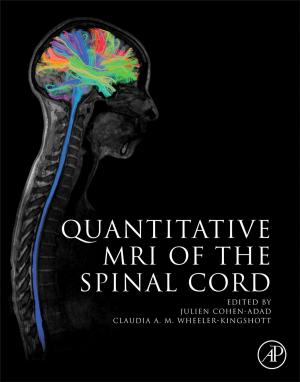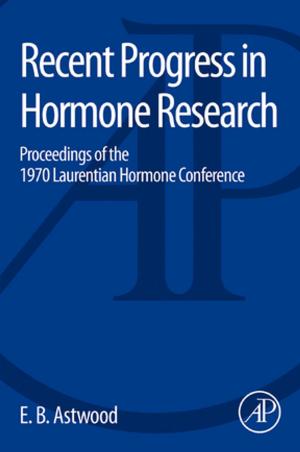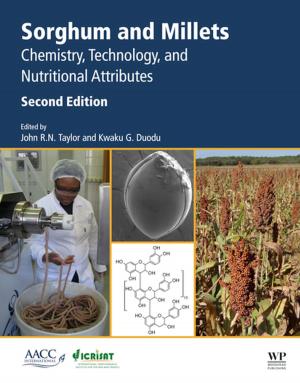Marine Enzymes for Biocatalysis
Sources, Biocatalytic Characteristics and Bioprocesses of Marine Enzymes
Nonfiction, Science & Nature, Technology, Engineering, Chemical & Biochemical, Science, Biological Sciences, Biochemistry| Author: | Antonio Trincone | ISBN: | 9781908818355 |
| Publisher: | Elsevier Science | Publication: | September 30, 2013 |
| Imprint: | Woodhead Publishing | Language: | English |
| Author: | Antonio Trincone |
| ISBN: | 9781908818355 |
| Publisher: | Elsevier Science |
| Publication: | September 30, 2013 |
| Imprint: | Woodhead Publishing |
| Language: | English |
Marine bioprospecting is a highly topical subject - in both applied and basic research - but, as yet, the marine ecosystem is a relatively unexplored source of natural bioactive substances with potential therapeutic activity. This book addresses the use of marine enzymes in biocatalysis through a series of chapters from leading scientists within academic and industrial fields. Biocatalytic processes can take advantage of the habitat-related properties of marine enzymes, such as salt tolerance, hyperthermostability, barophilicity, cold adaptivity, and so on, whilst also taking into consideration substrate specificity and affinity. These evolved properties are linked to the metabolic functions of the enzymes and to the ecological aspects of the natural source. New properties can also be discovered at the molecular level of catalysis, particularly concerning the stereochemical characteristics of products.
Marine enzymes for biocatalysis initially examines the nature and level of interest in marine biological diversity, and outlines the fundamentals of biocatalysis. It goes on to detail sources of marine enzymes, and to analyse examples from both chemical and stereochemical viewpoints of catalysis, including microbial enzymes and animal or plant sources. The book goes on to explore the future potential of marine bioprospecting in biocatalysis.
- Compiles studies from leading scientists in a direct and accessible format. Includes practical descriptions of results, adding further details not often covered in formal articles
- Takes a molecular view which fully explains the enzymatic aspects of reactions, particularly regarding biocatalytic characteristics and descriptions of bioprocesses
- Selects examples of chemical and stereochemical aspects of enzymatic action with respect to known terrestrial counterparts
Marine bioprospecting is a highly topical subject - in both applied and basic research - but, as yet, the marine ecosystem is a relatively unexplored source of natural bioactive substances with potential therapeutic activity. This book addresses the use of marine enzymes in biocatalysis through a series of chapters from leading scientists within academic and industrial fields. Biocatalytic processes can take advantage of the habitat-related properties of marine enzymes, such as salt tolerance, hyperthermostability, barophilicity, cold adaptivity, and so on, whilst also taking into consideration substrate specificity and affinity. These evolved properties are linked to the metabolic functions of the enzymes and to the ecological aspects of the natural source. New properties can also be discovered at the molecular level of catalysis, particularly concerning the stereochemical characteristics of products.
Marine enzymes for biocatalysis initially examines the nature and level of interest in marine biological diversity, and outlines the fundamentals of biocatalysis. It goes on to detail sources of marine enzymes, and to analyse examples from both chemical and stereochemical viewpoints of catalysis, including microbial enzymes and animal or plant sources. The book goes on to explore the future potential of marine bioprospecting in biocatalysis.
- Compiles studies from leading scientists in a direct and accessible format. Includes practical descriptions of results, adding further details not often covered in formal articles
- Takes a molecular view which fully explains the enzymatic aspects of reactions, particularly regarding biocatalytic characteristics and descriptions of bioprocesses
- Selects examples of chemical and stereochemical aspects of enzymatic action with respect to known terrestrial counterparts















